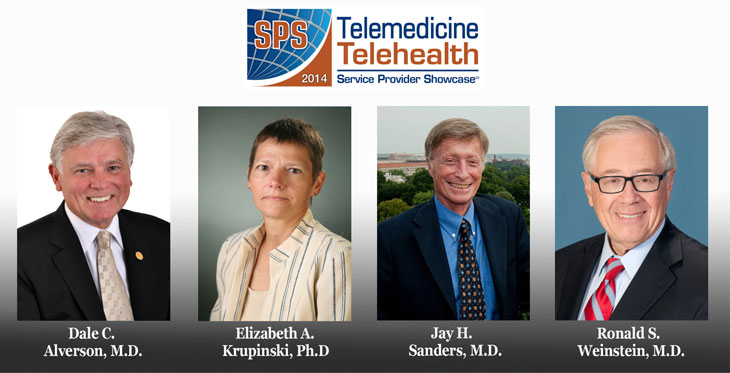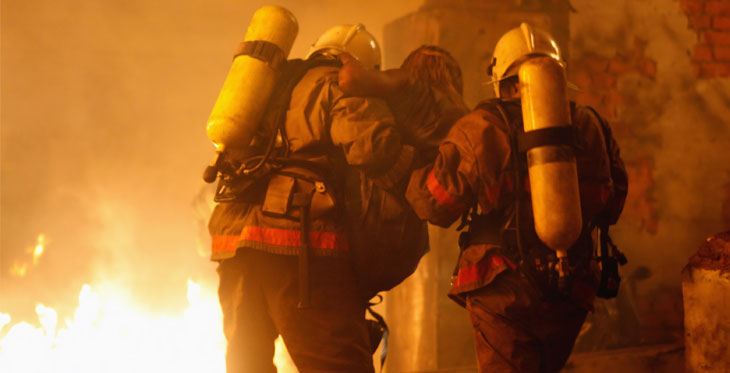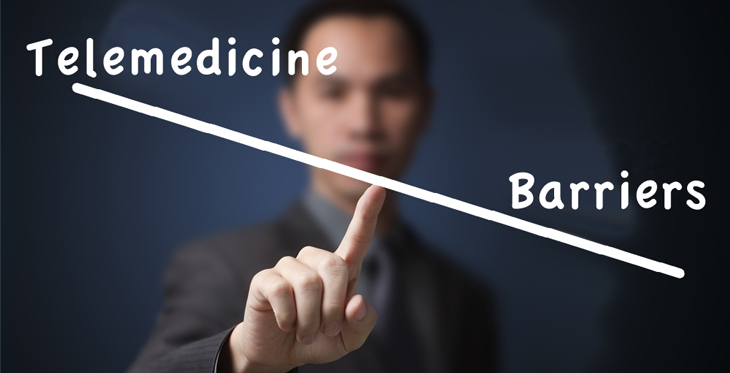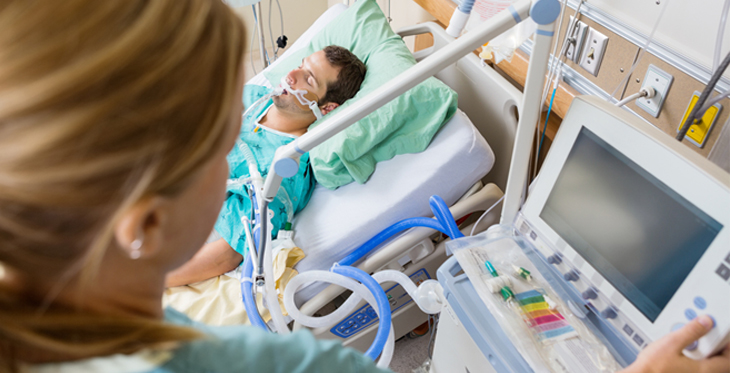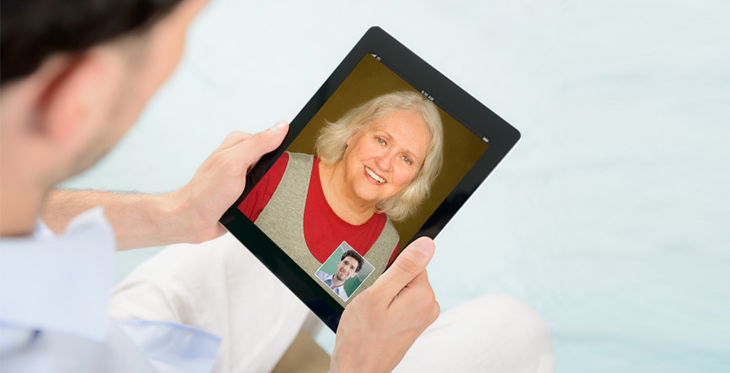A long-recognized leader in telemedicine innovation, the Arizona Telemedicine Program (ATP) is establishing another first.
ATP is joining forces with the Four Corners Telehealth Consortium and the Southwest Telehealth Resource Center to host the first-ever Telemedicine and Telehealth Service Provider Showcase, October 6th and 7th, at the Hyatt Regency in downtown Phoenix.
The Service Provider Showcase (SPS) will bring together companies that provide medical specialty services using telemedicine technology to hospitals, clinics, health-care systems, private practices and other providers that want to offer these services to their patients.
“Our industry has reached critical mass,” said Ronald S. Weinstein, MD, director and co-founder of the ATP, president emeritus of the American Telemedicine Association (ATA), honorary co-chair of SPS and a pioneer in the telemedicine field. “It’s time to create an environment in which service providers can gather with health-care providers and develop a shared agenda for the future.”
